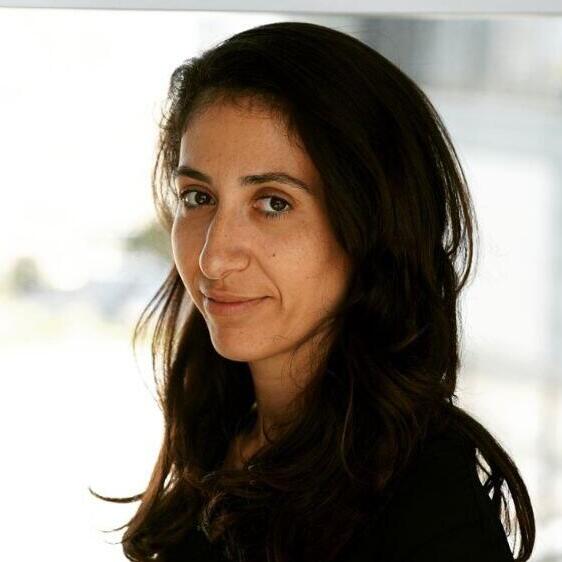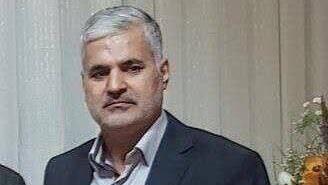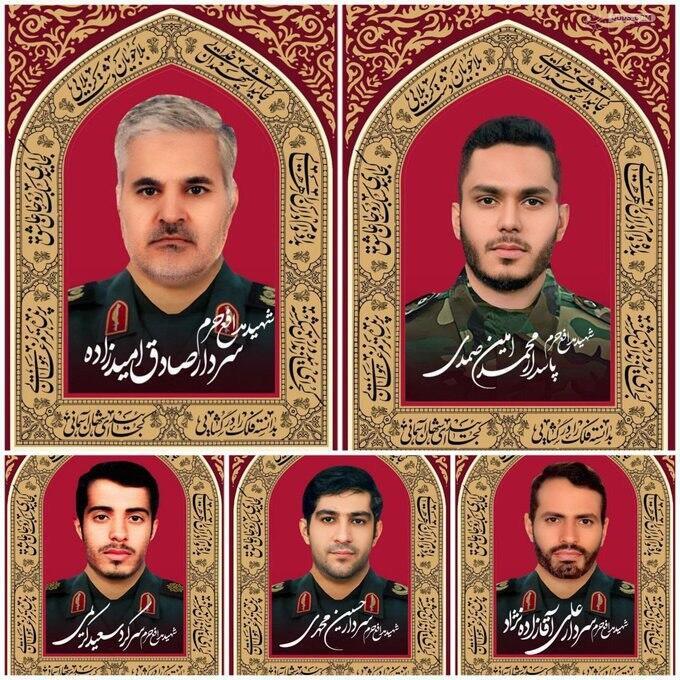Getting your Trinity Audio player ready...
Iran is in full threat mode, after no less than six of its operatives within the Islamic Revolutionary Guard Corps (IRGC) and Hezbollah were killed in two separate attacks in Lebanon and Syria. The Islamic Republic says Israel is responsible for the killings.
Read more:
The first attack occurred on Saturday morning in Damascus, using drones that targeted a specific building. According to the Iranian Foreign Ministry, five IRGC advisors were killed, the most senior among them being Yusuf Amir Zada, more commonly known as Jajj-Sadq, a Quds Force intelligence officer, who had close ties with Reza Musawi, a Quds Force senior official, who was killed back in December in Damascus.
The Arab-speaking Sky News affiliate reported Hajj Sadq was a Tehran native, and was once a prisoner of Al-Nusra Front, also known as Front for the Conquest of the Levant, a Salafi jihadist organization fighting against Syrian Ba'athist government forces in the Syrian Civil War.
The Washington Post reported months ago about the role Hajj Sadq played as the man allocated to pick prime U.S. targets for attack within Syria, also acting as an advisor in said attacks. Others killed in the attack were Ali Akazada, Hossein Mahmadi, Saeed Karimi and Mohammed Amin Samadi. Samadi's death was noted in an Iranian statement, saying: "Samadi fell as a shaheed (martyr) after being among those wounded in today’s Zionist terrorist crime in Damascus."
Iranian Minister of Foreign Affairs, Hossein Amir-Abdollahian, added: "Military advisors will continue their operations to combat terrorism and to bring about regional security. Israel is first among terror movements that compromise regional security."
Iranian President Ebrahim Raisi responded by saying: "The Islamic Republic will not leave the Zionist regime’s crimes unanswered."
Subsequently, another attack occurred in southern Lebanon, where a UAV targeted a vehicle in the Lebanese town of Bazouriye. The attack, attributed to Israel, claimed the lives of four people, two of which were inside the vehicle at the time, including Ali Mohammed Hadrajj, originally identified as a Quds Force senior official in charge of coordinating between Hamas and Iran in the field of cyberwarfare. However, subsequent examination confirmed he was actually a Hezbollah operative, as confirmed by the Lebanese terror organization.
Both attacks showcase Iran's firm grip on the area, leading the so-called Axis of Resistance, where Hezbollah units form an auxiliary extension of Iran's Quds Force, helping to blur the borders when it comes to territorial boundaries between Axis states. Attacks can happen from any country, any city, any neighborhood and any structure, military or otherwise. Iranian and Lebanese experts operate from Syria, Lebanon and, according to the latest reports, even Yemen.




